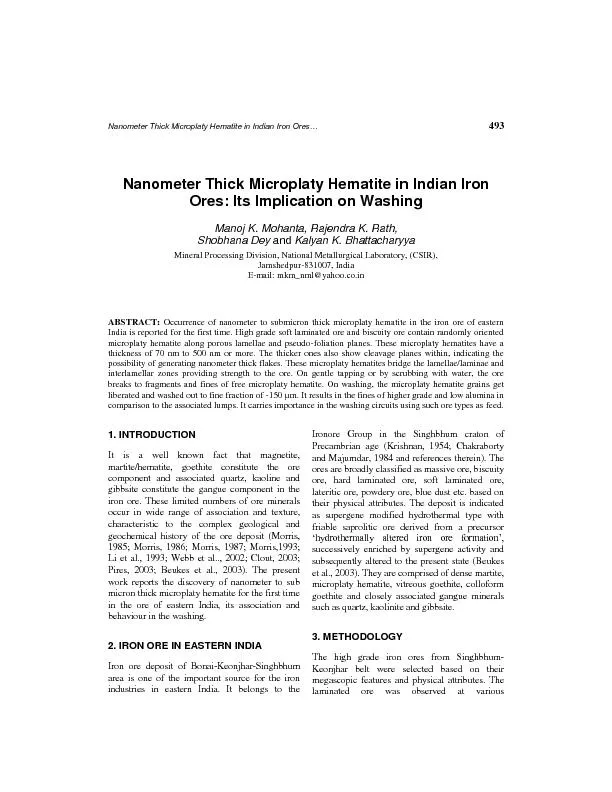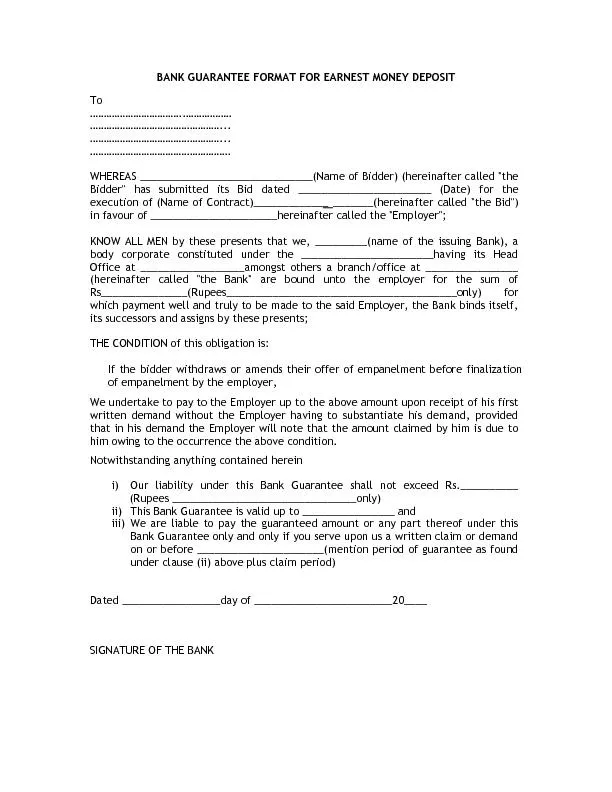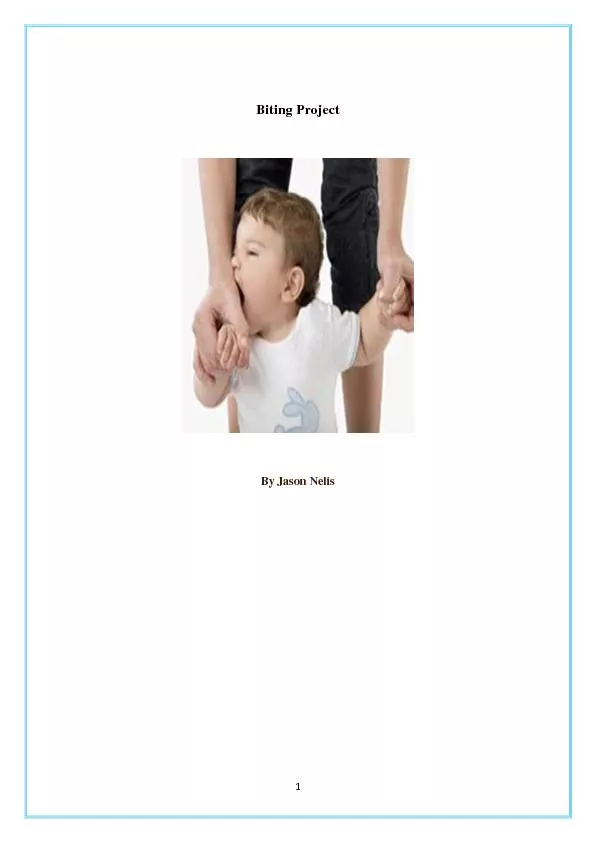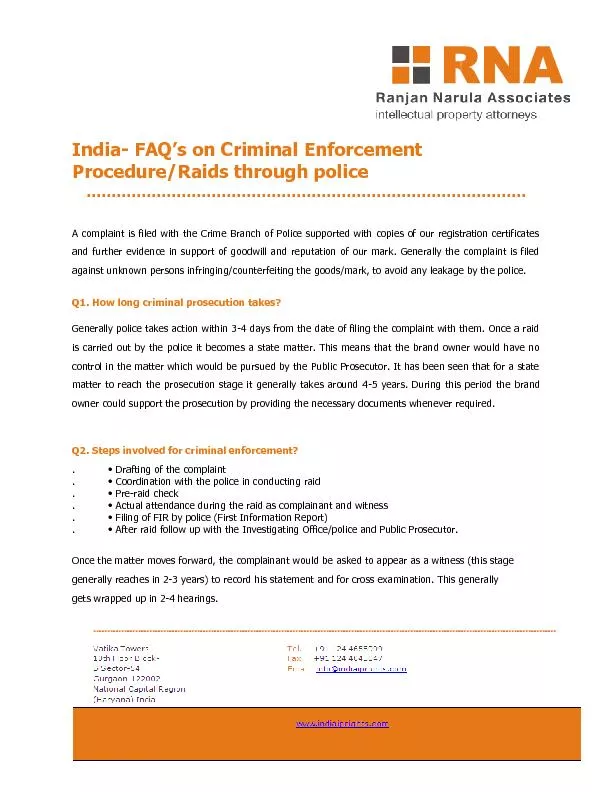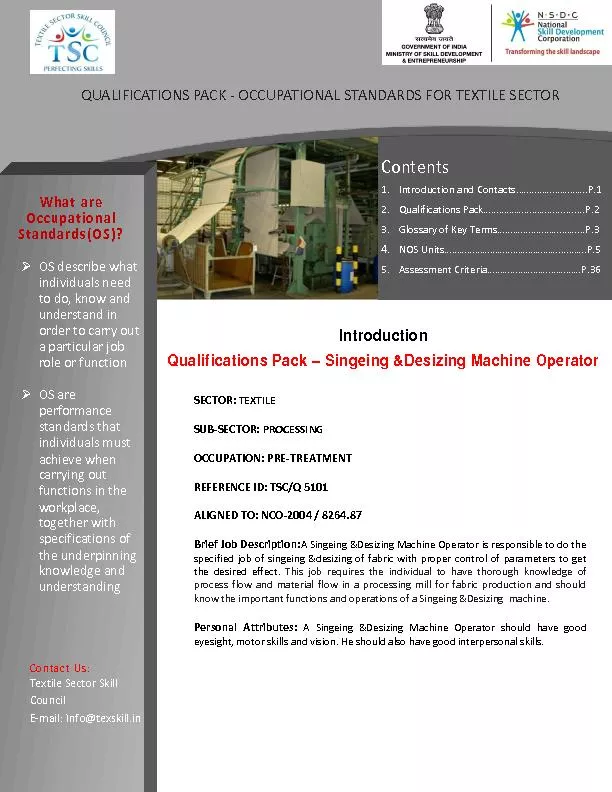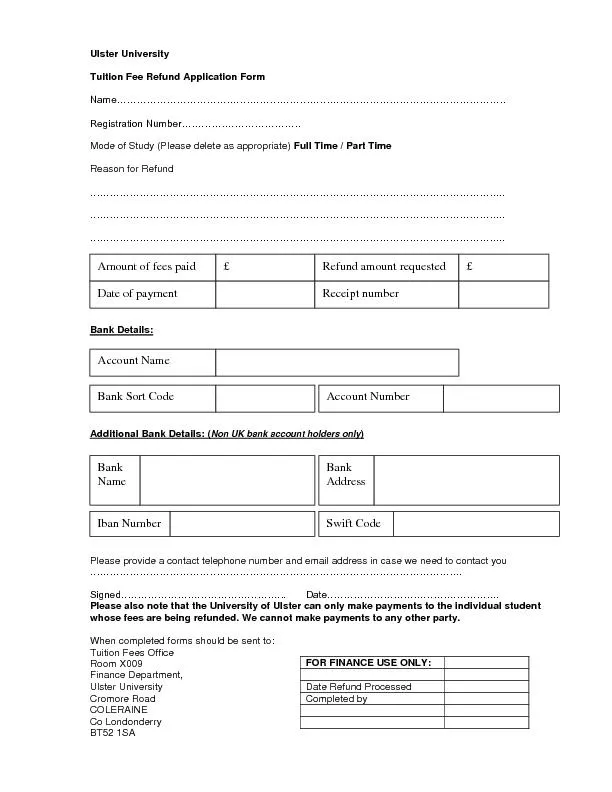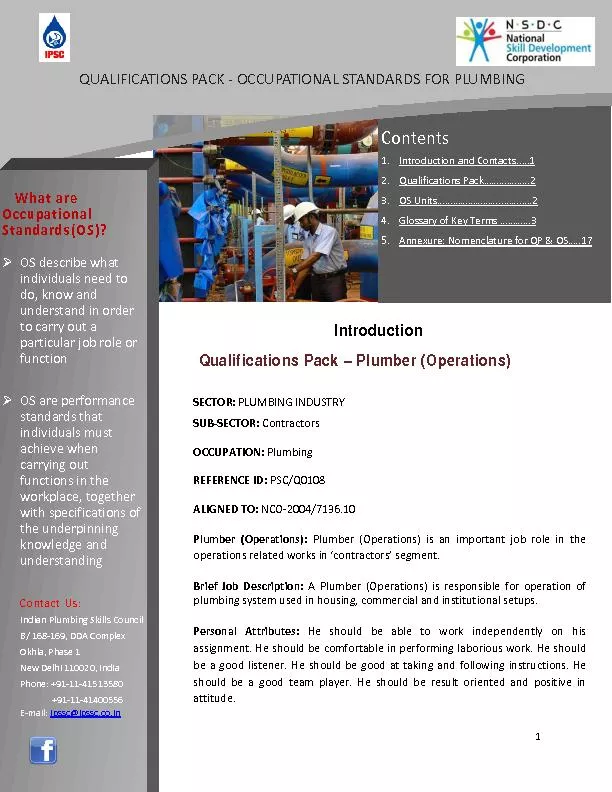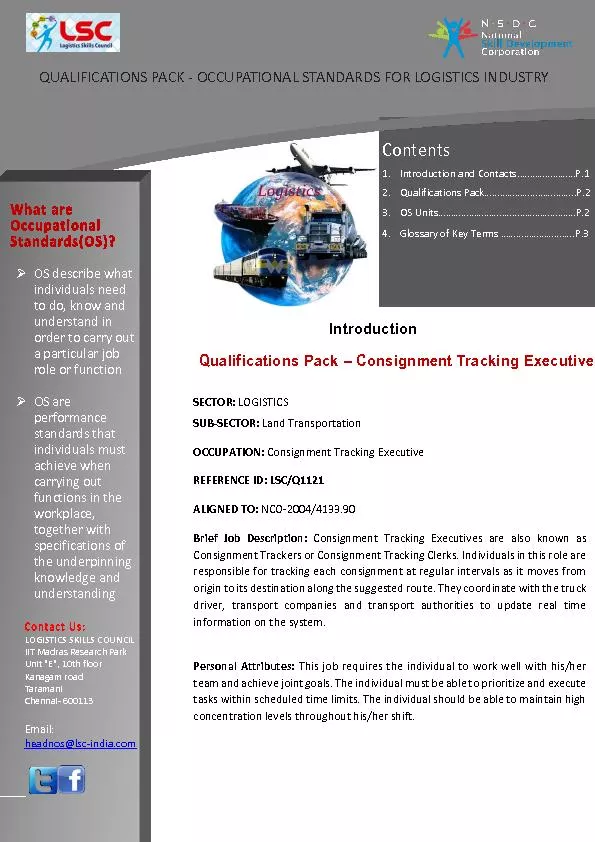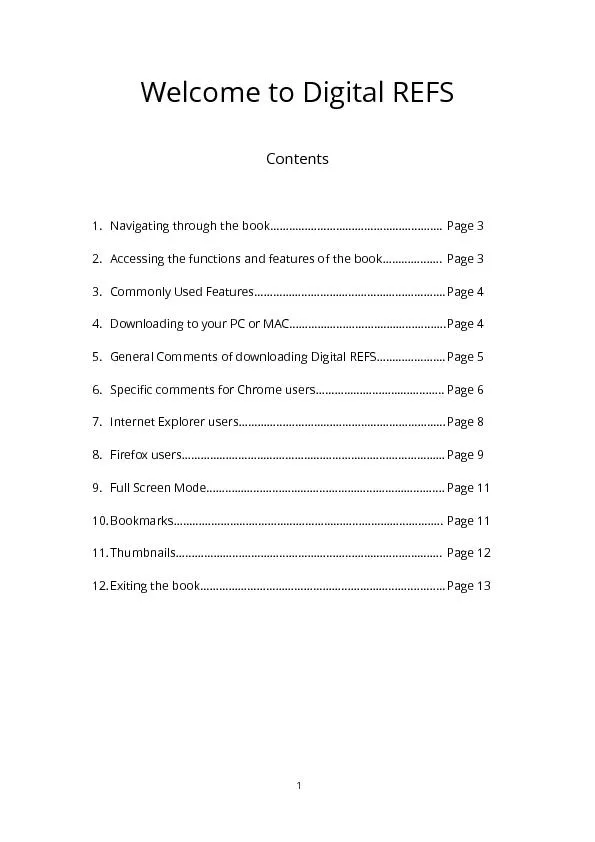PDF-Nanometer Thick Microplaty Hematite in Indian Iron Ores… ...
Author : stefany-barnette | Published Date : 2016-10-17
493 Nanometer Thick Microplaty Hematite in Indi an Iron Ores Its Implication on Washing Manoj K Mohanta Rajendra K Rath Shobhana Dey and Kalyan K Bhattacharyya Mineral
Presentation Embed Code
Download Presentation
Download Presentation The PPT/PDF document "Nanometer Thick Microplaty Hematite in I..." is the property of its rightful owner. Permission is granted to download and print the materials on this website for personal, non-commercial use only, and to display it on your personal computer provided you do not modify the materials and that you retain all copyright notices contained in the materials. By downloading content from our website, you accept the terms of this agreement.
Nanometer Thick Microplaty Hematite in Indian Iron Ores… ...: Transcript
Download Rules Of Document
"Nanometer Thick Microplaty Hematite in Indian Iron Ores…
..."The content belongs to its owner. You may download and print it for personal use, without modification, and keep all copyright notices. By downloading, you agree to these terms.
Related Documents

